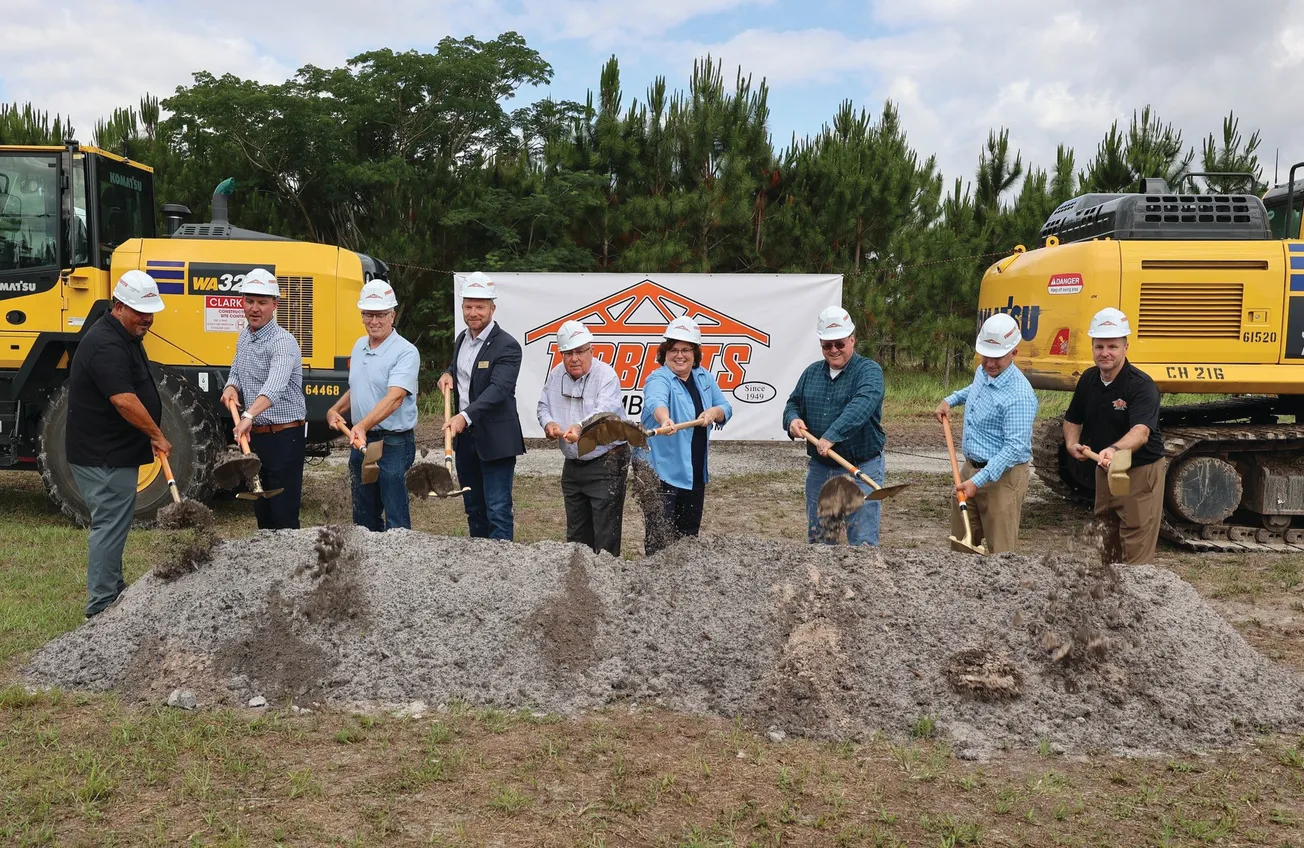Table of Contents
California Proposition 65 regulations have been updated and compliance is required for producers selling lumber to wholesalers and retailers who will ultimately sell the lumber to consumers in California. The regulations require warnings to consumers of exposure to chemicals that are known to the State of California to cause cancer or reproductive harm.
While this law took effect in 1988, the regulation changed this past August and it’s important for wholesalers and retailers to take note.
New Office of Environmental Health Hazard Assessment (OEHHA) regulations that will take full effect in August 2018 change the safe harbor warnings, which are deemed to comply with the law in several important ways. For example, the new warnings for consumer products will say the product “can expose you to” a Proposition 65 chemical rather than saying the product “contains” the chemical.
They must also include the name of at least one listed chemical that prompted the warning and the URL for OEHHA’s new Prop 65 warnings website, www.P65Warnings.ca.gov. The reason for this is because the site is easily accessible, and includes additional information on the health effects of listed chemicals and ways to reduce or eliminate exposure to them. In addition, a triangular yellow warning symbol needs to be present.
In 1986, voters in California approved Proposition 65 to address growing concerns about exposure to toxic chemicals—one of them being wood dust. That initiative, officially known as the Safe Drinking Water and Toxic Enforcement Act, requires California to publish a list of chemicals known to cause cancer or reproductive toxicity, and for businesses to provide warnings when they knowingly and intentionally cause significant exposures to listed chemicals. Naturally, the warnings are intended to help Californians make informed decisions about their exposures to these chemicals from the products they use and the environment they work in.
Since the original warning requirements took effect nearly 30 years ago, most Prop 65 warnings only state that a chemical is present and can cause harm to one’s health, but they don’t identify the chemical or provide specific information about how a person may be exposed or ways to reduce or eliminate exposure to it.
California requires wood products producers and others within the state’s distribution chain to inform their downstream customers about the potential hazards of wood dust and chemicals associated with wood products, so this proposition update is speaking to our industry as well.
Manufacturers have the option to put warning labels on all their products but the majority have chosen to send warning letters, accompanied by sample signage, to customers. Companies like Weyerhaeuser, Birmingham International Forest Products, and Anthony Forest Products, post safety data sheets on their websites that state hazards, chemicals and risks one can be exposed to.
Although small businesses with fewer than 10 employees are exempt from Proposition 65’s warning requirements, OEHHA states that using the safe harbor warnings is an effective way for businesses to protect themselves against Proposition 65 enforcement actions. Businesses that use the safe harbor warnings are deemed compliant with the law’s requirement for clear and reasonable warnings. The new update is also meant to revamp Proposition 65 by ending frivolous shake-down lawsuits, improving how the public is warned about dangerous chemicals. Below are some examples of warnings in our industry:
Governor Brown proposed these reforms to Prop 65 back in May 2013. The reform would “revamp Proposition 65 by strengthening the scientific basis for warning levels,” he said. One aspect of this proposed reform was to “require more useful information to the public on what they are being exposed to and how they can protect themselves,” Brown told OEHHA.
According to OEHHA, in 2015, UC Davis researchers interviewed more than 1,500 randomly selected Californians and asked them to compare the new specific warnings to the current generic warnings. The results concluded with 77% agreeing that the new warnings would be more helpful than the current system.









